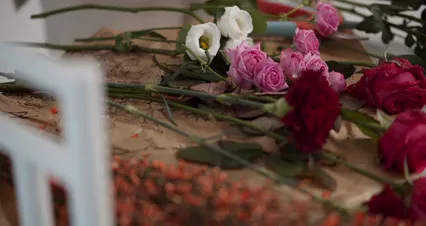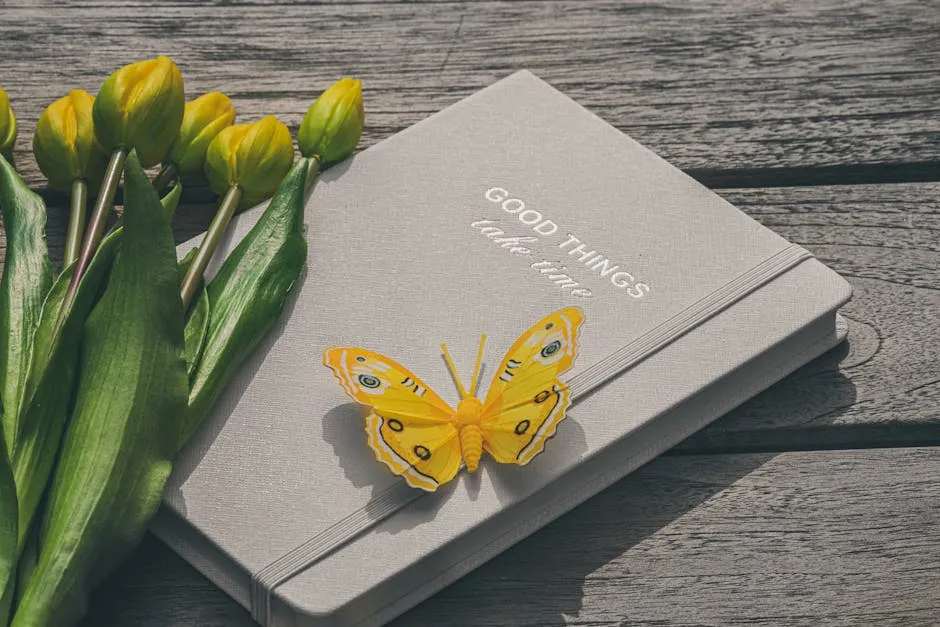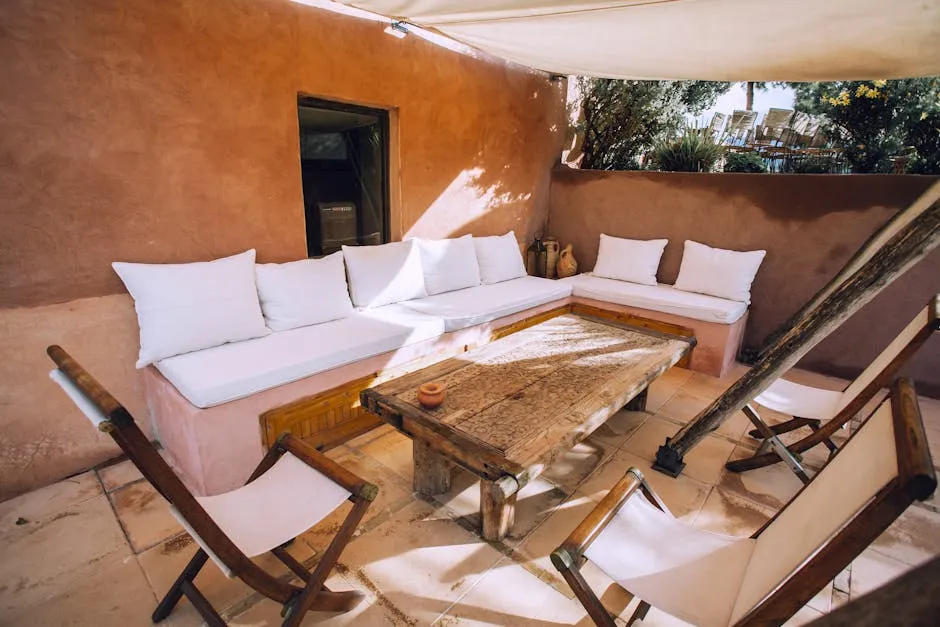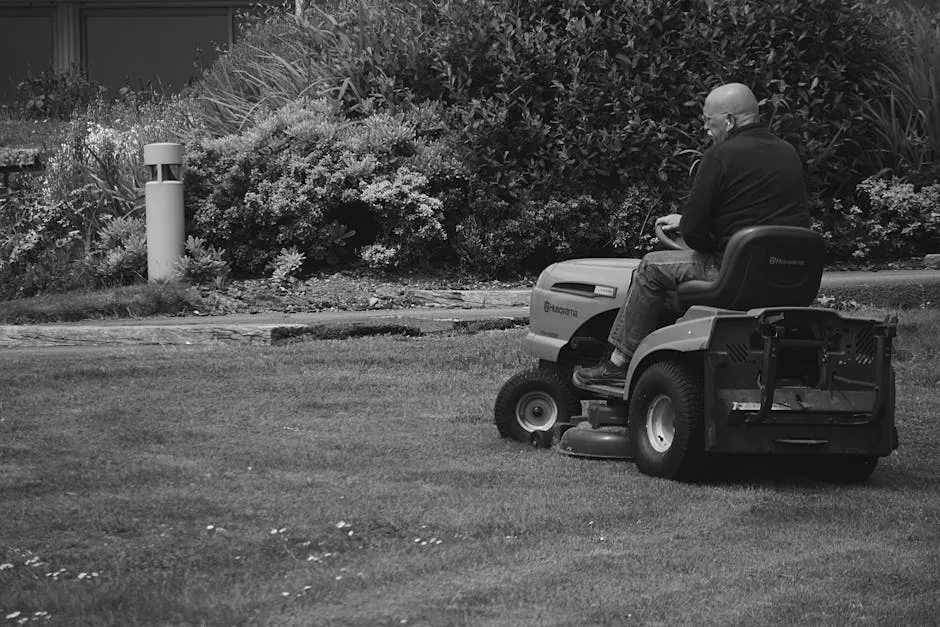

The Beauty and Serenity of an Oriental Garden: A Comprehensive Guide
Introduction
An oriental garden embodies peace and beauty. It holds a special place in landscape design. These gardens invite tranquility and aesthetic pleasure. Their rich cultural and historical backgrounds enhance the experience, offering a serene escape from everyday life.
Summary and Overview
Oriental gardens include various elements that create a harmonious space. They trace their roots back to ancient Asian cultures, especially in China and Japan. Key features often found in these gardens are water elements, carefully selected plants, and unique architectural structures.
Water plays a significant role, symbolizing calmness and reflection. Plants like cherry blossoms and bamboo add color and meaning. Architecture, such as pagodas and bridges, further enriches the garden’s atmosphere.
Creating an oriental garden today offers numerous benefits. It provides a peaceful retreat, promotes mindfulness, and encourages a connection with nature. These gardens can transform any outdoor space into a tranquil oasis. Enhance your garden with a stunning Garden Water Fountain that adds a soothing sound and aesthetic appeal to your space.

The Elements of an Oriental Garden
Key Components of Design
Creating an oriental garden involves essential elements. Rocks, water, plants, and architectural features all play vital roles. Each component serves a purpose and contributes to the overall beauty.
Rocks symbolize strength and stability. They guide the eye and create paths. Water, whether in ponds or streams, adds movement and sound. Plants like bamboo and cherry blossoms bring color and life. Architectural features, such as pagodas or bridges, provide focal points and enhance the experience.
Balance and harmony are crucial in design. Each element should complement the others. This balance fosters a sense of peace, inviting you to relax and enjoy your surroundings. A well-designed oriental garden becomes a sanctuary, encouraging reflection and mindfulness. Consider adding Decorative Garden Lanterns to illuminate your paths and add a magical touch to your evenings.

The Role of Water Features
Water features are significant in oriental gardens. Ponds, streams, and waterfalls offer more than beauty. They symbolize tranquility and serenity, creating a calming atmosphere. The sound of flowing water soothes the mind and enhances relaxation.
Ponds often reflect the sky and surrounding plants. This mirroring effect deepens the connection with nature. Streams create movement and life, drawing the eye along their path. Waterfalls bring energy, adding a dynamic element to the garden. Enhance your water feature with Smooth River Rocks for Landscaping that create a natural look and feel.
In essence, water enhances the garden’s aesthetic. It invites visitors to pause and appreciate the serene environment. The presence of water features transforms an ordinary space into a peaceful retreat, nurturing a sense of calmness.

Plant Selection and Arrangement
Plant selection is vital in creating an oriental garden. Common choices include cherry blossoms, bamboo, and azaleas. Each plant holds symbolic meaning, contributing to the garden’s overall message.
Cherry blossoms represent the beauty of life and its fleeting nature. Bamboo symbolizes strength and flexibility, thriving in diverse conditions. Azaleas add vibrant color, attracting attention and joy. The incorporation of bamboo in your garden symbolizes strength and resilience, making it a perfect choice for your oriental garden.
Arrangement matters as well. Plants should be thoughtfully placed to create balance. Clusters of similar plants invite harmony, while varied textures add interest. The careful combination of plants promotes a peaceful atmosphere. Consider using an Garden Trellis for Climbing Plants to add vertical interest and support for your plants.
In summary, the right plants enhance the garden’s beauty. They embody cultural significance, while their arrangement fosters tranquility. Each choice invites you to connect with nature, making the garden a meaningful space.

Stone and Rock Utilization
Rocks and stones play a crucial role in oriental gardens. They create pathways that guide visitors through the landscape. Imagine walking on smooth stones surrounded by lush greenery. These natural elements serve as focal points, drawing the eye to specific areas.
Philosophically, rocks symbolize permanence and strength. In many cultures, they represent stability amidst life’s changes. This symbolism invites contemplation, encouraging you to pause and reflect. Rocks remind us of nature’s endurance, grounding the garden experience. Their presence adds depth to the design, enhancing both beauty and meaning. Add a touch of character with Garden Edging Stones to define your garden beds.

Architectural Elements
Architectural features like pagodas, bridges, and tea houses enrich oriental gardens. Pagodas offer a striking visual element, often standing tall among trees. They serve as places for contemplation, connecting you to nature’s beauty. Bridges create pathways over water, inviting exploration and discovery.
Tea houses provide a serene space for relaxation and reflection. Imagine sipping tea while enjoying the garden view. These structures enhance the overall experience, making the garden feel alive with history and culture. Each element invites you to immerse yourself in a tranquil atmosphere, promoting peace and mindfulness. Consider placing a Miniature Pagoda Garden Statue to add charm and a touch of cultural significance to your garden.

Cultural Significance of Oriental Gardens
Historical Context
Oriental gardens have a rich history, evolving over centuries. Their origins trace back to ancient China, where they represented harmony with nature. Influences from Japan further shaped their design, emphasizing simplicity and balance. These gardens became spaces for meditation and reflection.
Over time, oriental gardens impacted landscape architecture globally. Their principles inspired Western designs, promoting tranquility and beauty in outdoor spaces. Today, these gardens continue to captivate, blending tradition with modern aesthetics. They invite everyone to appreciate nature’s artistry, fostering a deeper connection to the environment.

Symbolism and Philosophy
Oriental gardens are steeped in rich philosophical traditions. Zen Buddhism teaches us to find peace through simplicity and mindfulness. Thus, these gardens often reflect minimalism, encouraging quiet contemplation. Every rock, plant, and water feature serves a purpose, inviting you to pause and reflect.
Feng Shui is another guiding principle, emphasizing harmony between people and their surroundings. This ancient practice ensures the garden flows smoothly, balancing energy throughout the space. For instance, the positioning of water elements is crucial. Water symbolizes prosperity and tranquility, enhancing the garden’s atmosphere. Consider incorporating an Outdoor Weather Station to keep track of conditions and enhance your gardening experience.
These philosophies shape the garden’s design and purpose. A harmonious layout promotes relaxation and introspection. The intentional placement of elements encourages you to connect with nature. In essence, an oriental garden becomes more than just a beautiful space; it transforms into a sanctuary for the mind and spirit.

Creating Your Own Oriental Garden
Planning and Design Tips
Creating your own oriental garden starts with careful planning. First, consider the site selection. Choose a space with natural features, like trees or water, to enhance the overall design. Look for areas that receive plenty of sunlight, as many traditional plants thrive in bright conditions.
Next, focus on design principles. Aim for balance and harmony, which are essential in oriental gardens. Incorporate traditional elements, such as rocks, water features, and specific plants, while being open to modern aesthetics. For example, a sleek stone pathway can blend beautifully with lush greenery.
Additionally, integrating a seating area invites relaxation. You might consider a small pagoda or a simple bench surrounded by blooming flowers. This creates a perfect spot for contemplation or enjoying a cup of tea. To enjoy your tea outdoors, a Tea Set for Garden Enjoyment is a delightful addition!

Maintenance and Care
Maintaining your oriental garden requires attention throughout the year. Regular pruning and cleaning are essential to keep it looking pristine. Focus on removing dead leaves and weeds that can disrupt the garden’s harmony.
Seasonal changes also affect care routines. In spring, plant new flowers like cherry blossoms to welcome life back into the garden. Summer may require more frequent watering, especially for thirsty plants. Autumn is a great time to assess which trees need trimming, ensuring they maintain their shape.
Winter poses unique challenges. Protect delicate plants from frost by covering them or moving pots indoors. Regularly check water features, as they may freeze. By planning and adjusting your care according to the seasons, you can ensure your oriental garden remains a tranquil oasis year-round. For effective maintenance, consider investing in a quality Heavy Duty Garden Gloves to protect your hands while working.

FAQs
What are the key features of an oriental garden?
Oriental gardens typically include water features, specific plants, and unique architectural styles. Common elements are ponds, stone pathways, and structures like pagodas. Plants often include bamboo and cherry blossoms, emphasizing beauty and symbolism.
How can I incorporate oriental garden design into a small space?
To adapt oriental design for a small area, use vertical gardening techniques. Consider adding container plants like bonsai or small bamboo. Incorporate a small water feature, such as a tabletop fountain, to enhance tranquility.
What plants are best for creating an oriental garden?
Popular choices include cherry blossoms, bamboo, and azaleas. Cherry blossoms symbolize beauty and the fleeting nature of life. Bamboo represents strength, while azaleas add vibrant colors and joy to the garden.
How do I maintain an oriental garden?
Regular maintenance includes pruning plants and cleaning water features. In spring, focus on planting new flowers. Summer requires increased watering, while autumn is ideal for trimming trees. In winter, protect delicate plants from frost.
Are oriental gardens suitable for all climates?
Yes, with careful plant selection, oriental gardens can thrive in various climates. Choose native plants that adapt well to your region. Modify water features and pathways to suit local conditions, ensuring the garden remains harmonious.
What role does symbolism play in oriental gardens?
Symbolism enhances the experience of an oriental garden. Each element carries meaning, such as rocks representing stability and water symbolizing tranquility. These symbols deepen your connection to the garden, inviting reflection and mindfulness.
Can I create an oriental garden on a budget?
Creating an oriental garden on a budget is possible. Start with inexpensive plants and DIY water features using recycled materials. Focus on simple designs that emphasize balance, allowing you to enjoy the beauty without overspending.
Please let us know what you think about our content by leaving a comment down below!
Thank you for reading till here 🙂 Don’t forget to check out some essential gardening tools like an Essential Garden Tools Set for a successful gardening journey!
All images from Pexels



